Edi Hila
The Sound of the Tuba
18 Sep 2020 - 07 Feb 2021
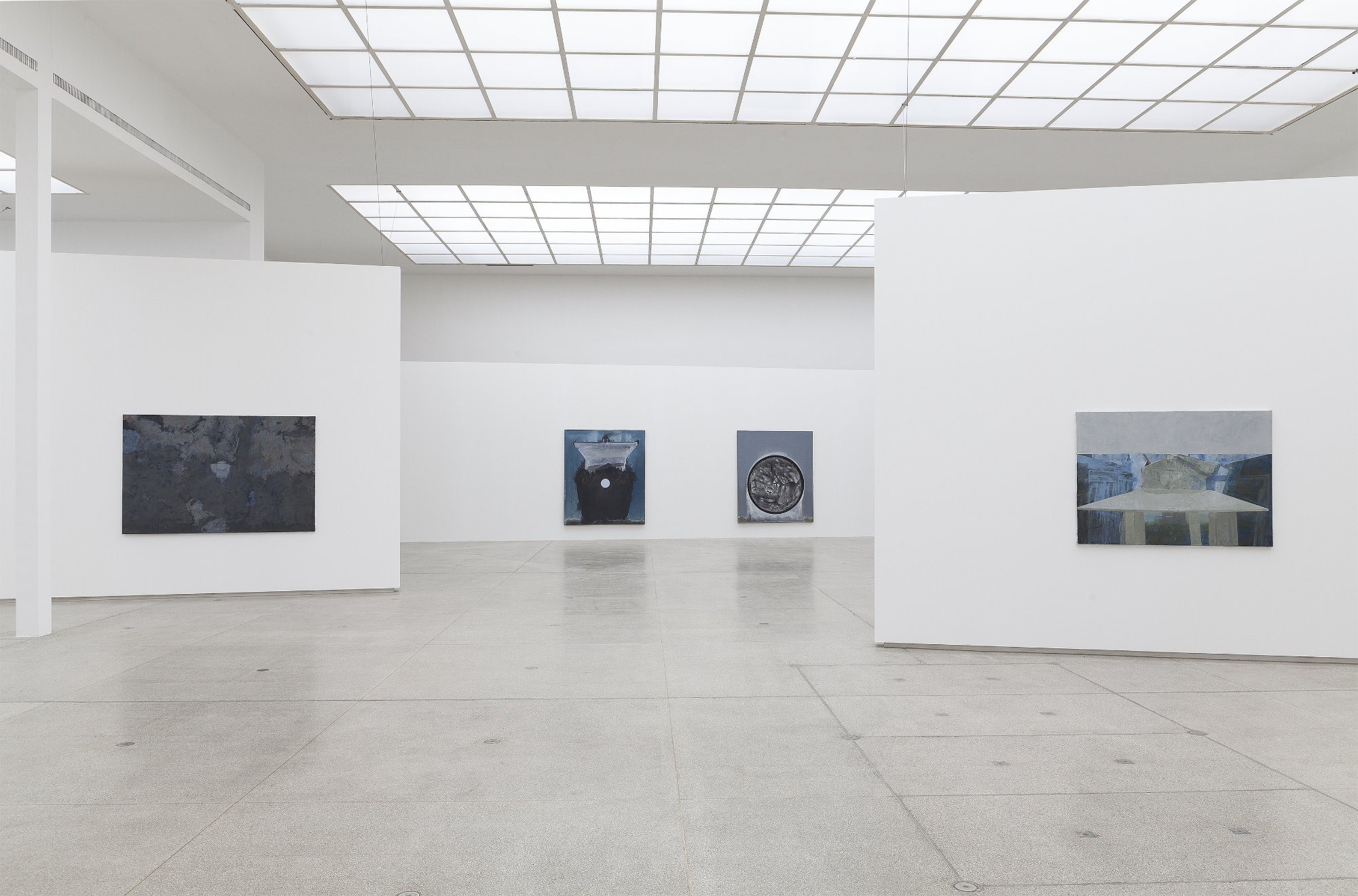
Edi Hila, The Sound of the Tuba, installation view at Secesion, Vienna, 2020, photo: Oliver Ottenschläger
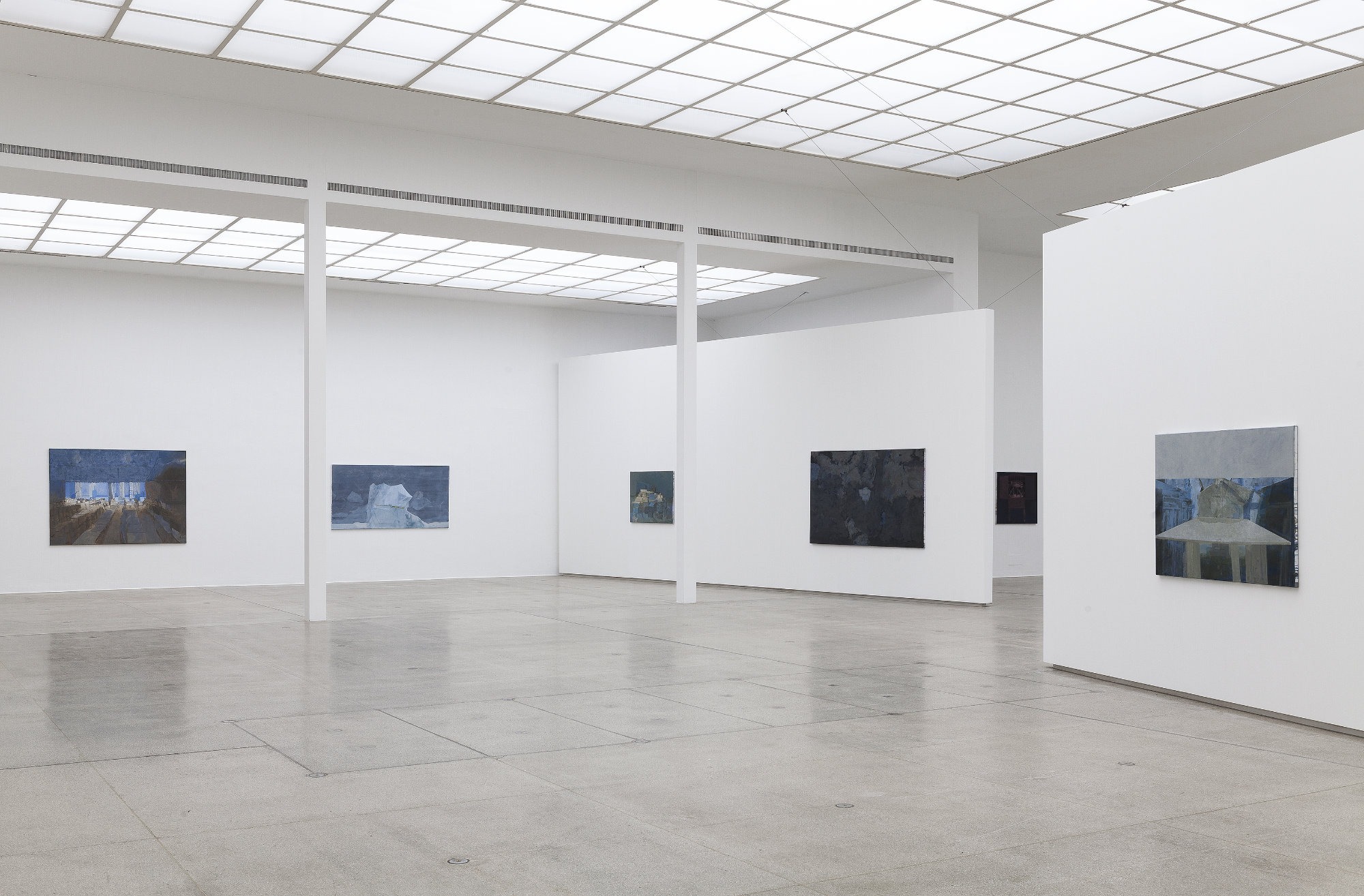
Edi Hila, The Sound of the Tuba, installation view at Secesion, Vienna, 2020, photo: Oliver Ottenschläger

Edi Hila, The Sound of the Tuba, installation view at Secesion, Vienna, 2020, photo: Oliver Ottenschläger
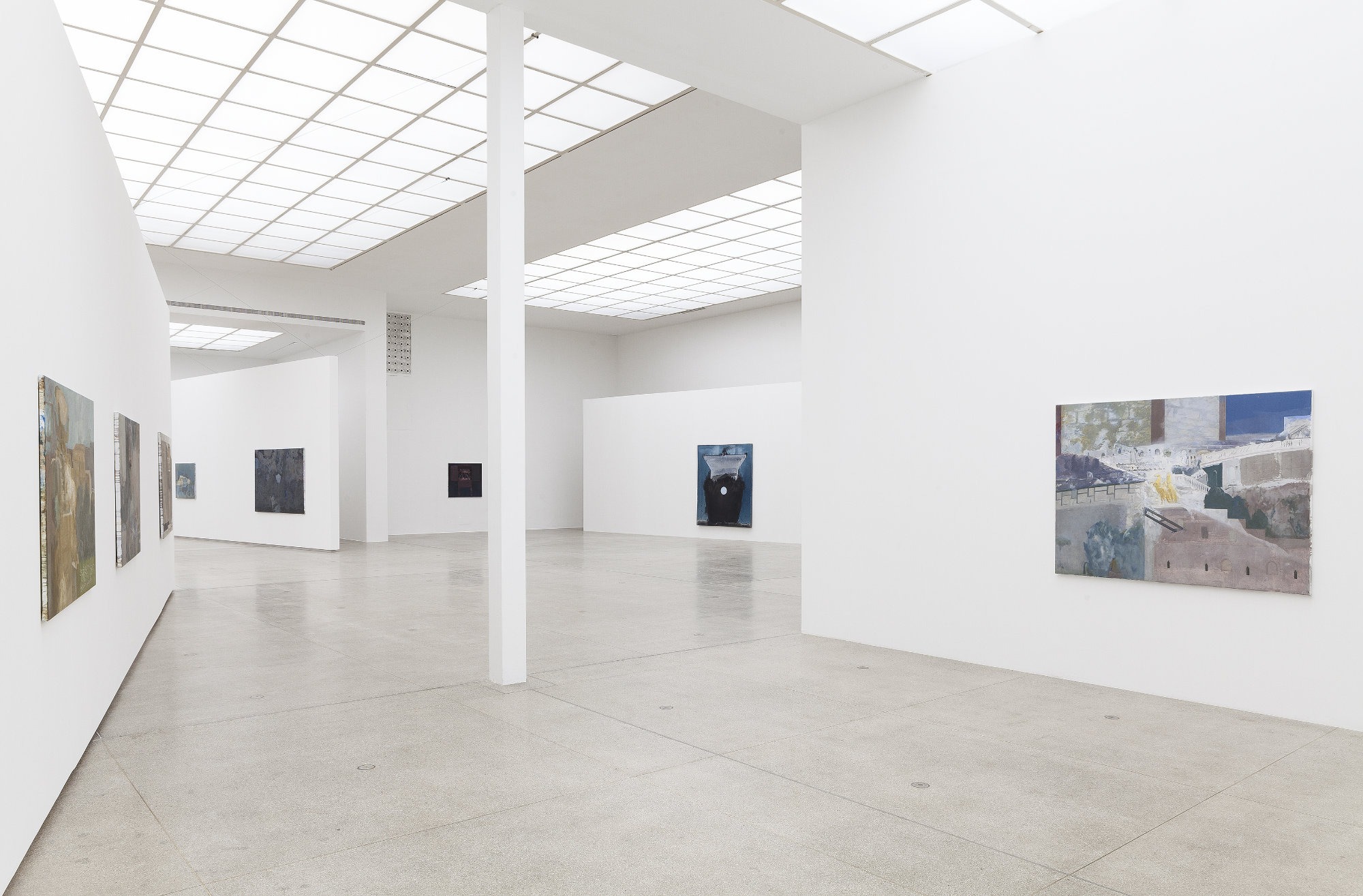
Edi Hila, The Sound of the Tuba, installation view at Secesion, Vienna, 2020, photo: Oliver Ottenschläger
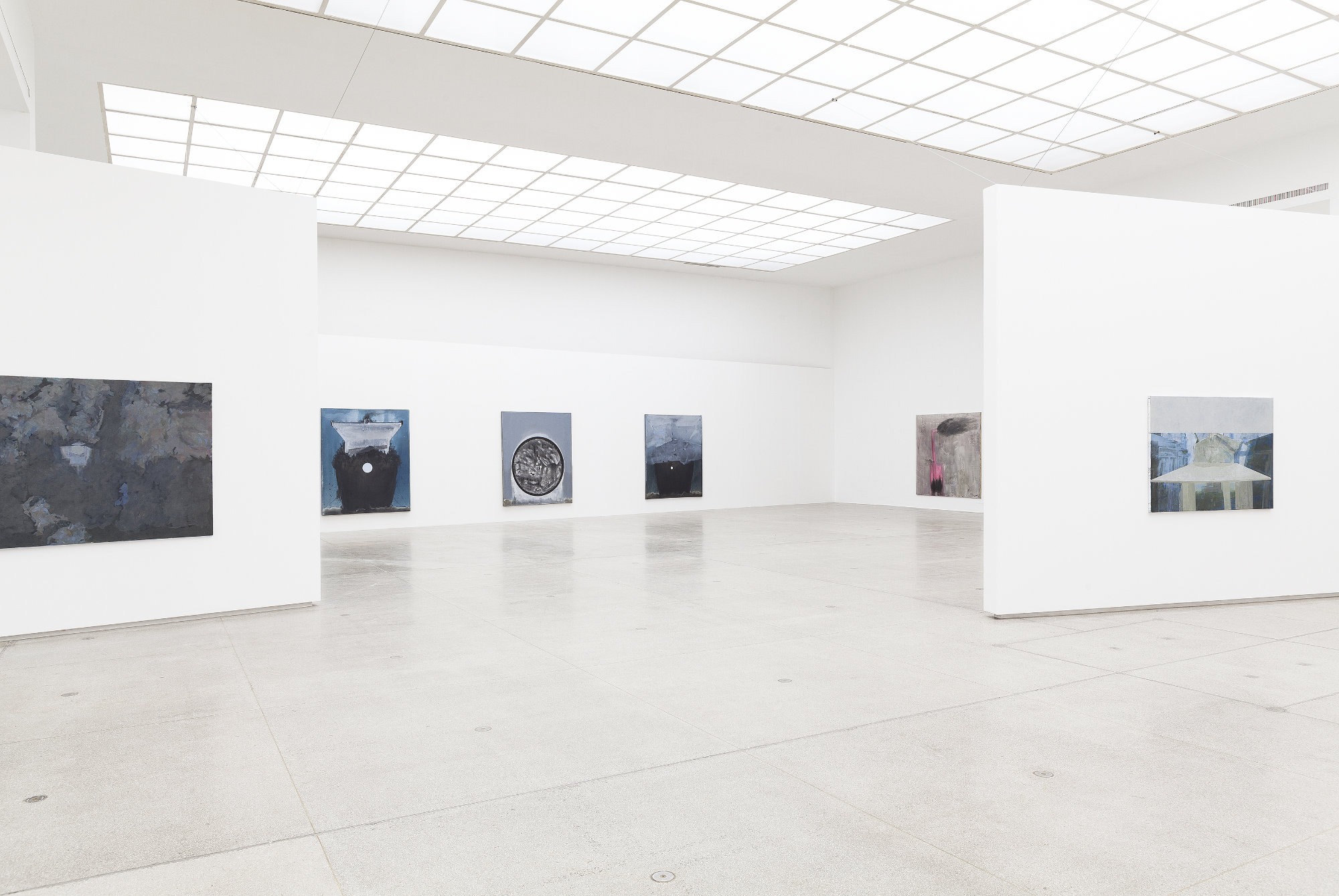
Edi Hila, The Sound of the Tuba, installation view at Secesion, Vienna, 2020, photo: Oliver Ottenschläger

Edi Hila, The Sound of the Tuba, installation view at Secesion, Vienna, 2020, photo: Oliver Ottenschläger
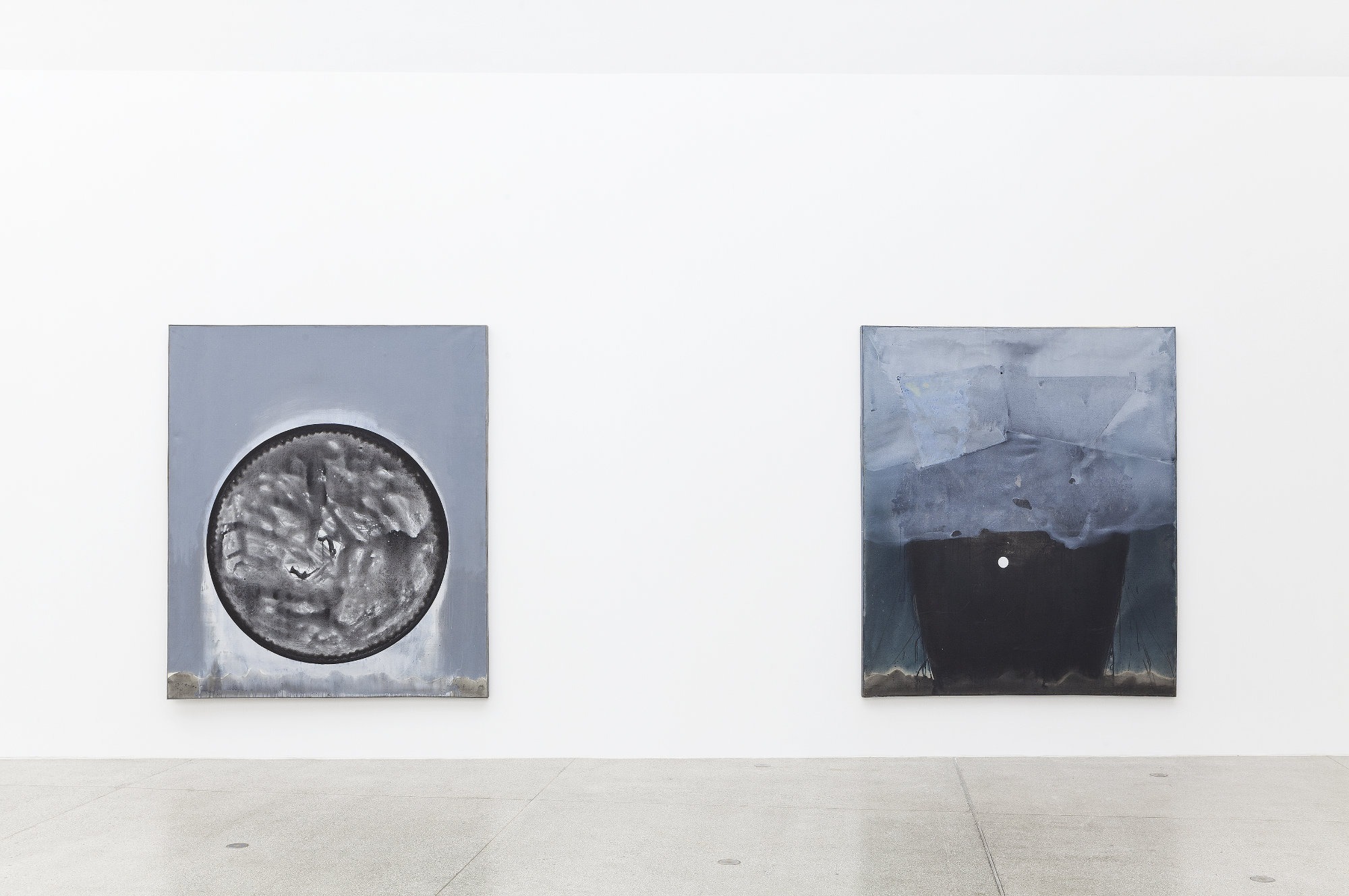
Edi Hila, The Sound of the Tuba, installation view at Secesion, Vienna, 2020, photo: Oliver Ottenschläger

Edi Hila, The Sound of the Tuba, installation view at Secesion, Vienna, 2020, photo: Oliver Ottenschläger
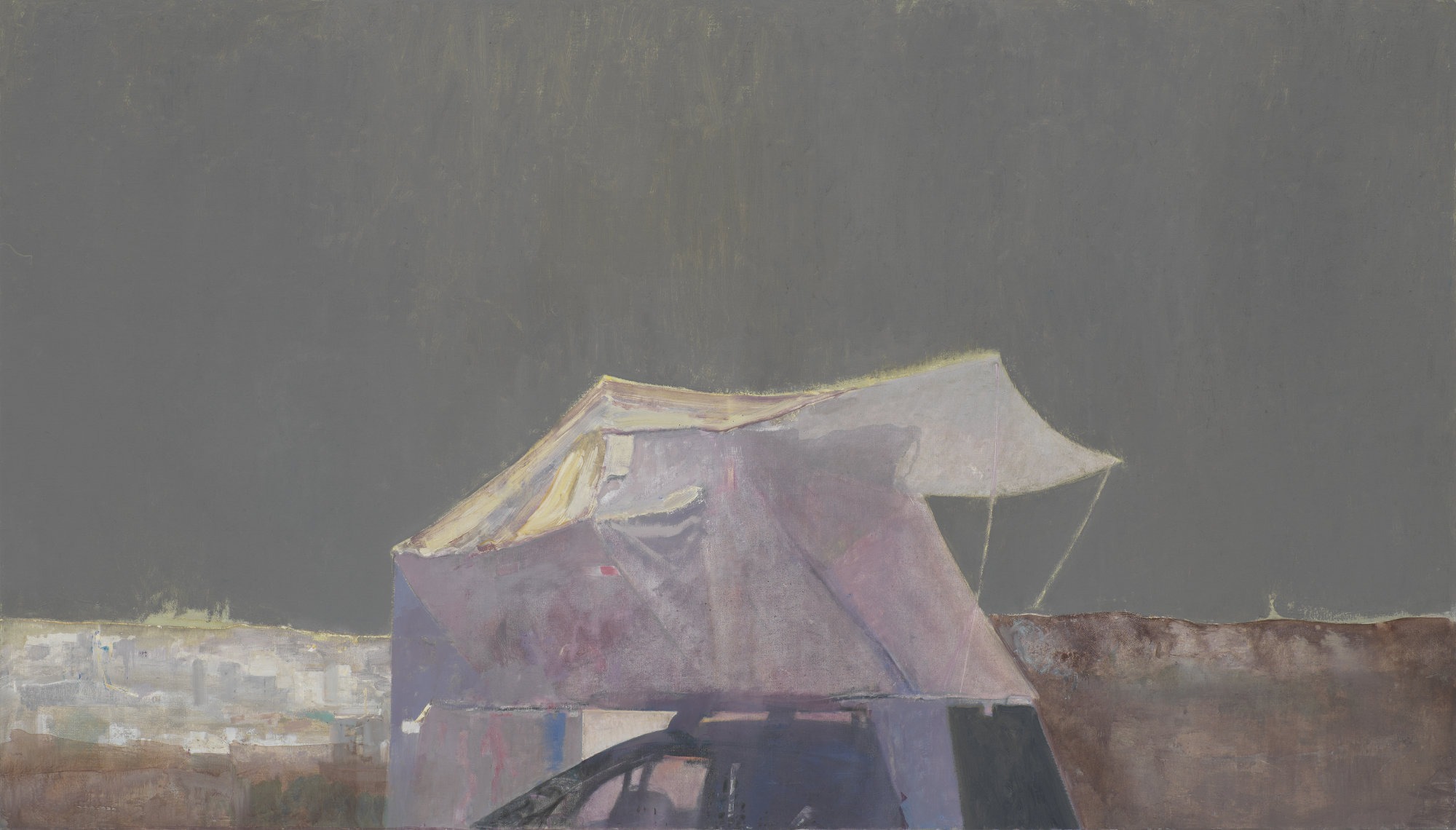
Edi Hila, A tent on the roof of a car, 2017, photo: Jens Ziehe, Courtesy: Kontakt / The Art Collection of Erste Group and ERSTE Foundation
The pursuit of artistic truth is fundamental to my painting practice. The truth, understood as presenting a reality of my surroundings as they exist, is far more important for me than any notion of beauty.* (Edi Hila)
Edi Hila’s career as an artist is inextricably bound up with the specific political history of Albania. In the early 1970s, the young artist was barred from exercising his profession, and almost twenty years went by before he was officially permitted to take up art again and exhibit his work. The authorities took exception to Planting of Trees (1972), a picture of a group of young people working in a reforestation program. What should have been a perfectly inoffensive depiction was judged to be excessively individualistic and inconsistent with the ideals of socialist realism, and Hila was stripped of his permission to make art.
His “second career” began after the collapse of the People’s Socialist Republic of Albania (1944–1990). The works Hila created after the regime change attest to the need to reinvent himself as an artist in utterly changed circumstances, but they also document the upheavals that transformed an entire country and its people. Hila is an astute observer: his pictures are about change, about hope and frustration, about the inventiveness and creativity of ordinary people, about the fight to survive and the struggle for democracy, about social values and aspirations. Architecture and the urban environment provide him with the settings of his scenes. Many works visualize social shifts indirectly, by capturing their reflections in everyday life, in buildings, in the fabric of the city. Working in series allows him to repeat and vary a theme in order to chart it in all its facets while experimenting with different formal and compositional solutions. Earthy tones in harmonious combinations increasingly predominate in his palette; subtle nuances blend into each other and disintegrate the forms, sometimes to the edge of abstraction, lending the pictures a dreamlike and mysterious ambiguity.
In the exhibition The Sound of the Tuba, Hila presents around twenty paintings from different series he has worked on in recent years as well as a small selection from his output of the late 1990s. The presentation traces a historical arc, connecting today’s global migrant and refugee flows to the major wave of emigration after the fall of the Albanian regime and politically motivated deportations in the early years of Albanian communism. Juxtaposing historic and contemporary realities, Hila’s pictures render the singular features of each as well as surprisingly rich parallels between them, inviting the viewer to reflect on the present situation.
The three-part Njerëzit e të ardhmes (People of the Future, 1997) shows different views of an enormous ship. The earliest work in the exhibition, it alludes to the exodus from Albania in the first years after the end of communism. With the hopes and expectations that they had pinned on the collapse of the regime dashed, many Albanians decided to leave their country—often for Italy, across the Adriatic Sea. Created in the wake of the 2015 refugee crisis, the series A Tent on the Roof of a Car (2016) harnesses the metaphor of the tent to reflect on mobility, wrenching social changes, and political crises. The tent as the quintessential basic and mobile dwelling has provided humans with shelter for millennia. Yet its function is ambivalent: the protection it offers has limits, and it is hardly suitable as a permanent home. It is adapted to special purposes that are moreover widely diverse: some tents are designed for recreational use and sold as vacation gear, while others serve as accommodations for refugees and others displaced by emergencies such as natural disasters and wars.
House in Korça, 1945 (2020), finally, is both the artist’s most recent cycle and the one that reaches deepest into history. In pictures filled with an air of quiet melancholy, Hila commemorates the violent expulsion of people from their homes, the systematic terror exerted by a brutal regime, and the harsh punishments visited on political opponents and critics. The absence of humans is palpable in the deserted interiors and barren furniture—in the loneliness of the very rooms.
Such desolation has been a conspicuous feature of Hila’s art for some time. His early work was populated by human figures and enlivened by narrative scenes, but over the years he has gravitated toward a visual language that registers complex social developments in urban sceneries and buildings. The artist himself has described the role that the latter play in his work as follows: “In my understanding architecture is an expression of society, its mentality, ways of living, and finally the tastes of certain groups in it. Observing the architecture of particular country, one can say a lot about its society.”*
Hila’s creative process is noteworthy in this respect: the raw material for his works consists not of sketches or drawings but of photographs, which he edits in Photoshop, obtaining a manipulated or altered likeness of reality. This approach suggests that his paintings are not intended as documentation; rather, his subjects are the fruits of extensive reflection.
In a brief preface to Maquettes, the artist’s book published in conjunction with his exhibition, which presents a selection of such source images, Hila writes about the function of photography in his art:
“[...] with the naked eye we see what we want to see and nothing more. This conclusion has affected my artistic practice greatly. By using photography as the basis for creating a piece, the process became more eloquent, one where spontaneity began to take a more prominent role, reading the photograph took on greater significance in an effort to discover, consider and interpret all the things that at first glance seem insignificant, in order to reach new creative ground, and one more abstract. Processing the material this way inspired new viewpoints of formal interpretation as well as aesthetic considerations about the work itself.”
Architecture is a central vehicle of meaning in many of his works, and so he devoted considerable attention to the design of his exhibition. In collaboration with Laura Fogarasi-Ludloff and Jens Ludloff (Ludloff Ludloff Architects, Berlin) he has developed an organization of the gallery space based on three large freestanding wall elements that is both subtle and monumental.
* Edi Hila in: https://blokmagazine.com/psychology-of-balkans-edi-hila-in-conversation/
Edi Hila’s career as an artist is inextricably bound up with the specific political history of Albania. In the early 1970s, the young artist was barred from exercising his profession, and almost twenty years went by before he was officially permitted to take up art again and exhibit his work. The authorities took exception to Planting of Trees (1972), a picture of a group of young people working in a reforestation program. What should have been a perfectly inoffensive depiction was judged to be excessively individualistic and inconsistent with the ideals of socialist realism, and Hila was stripped of his permission to make art.
His “second career” began after the collapse of the People’s Socialist Republic of Albania (1944–1990). The works Hila created after the regime change attest to the need to reinvent himself as an artist in utterly changed circumstances, but they also document the upheavals that transformed an entire country and its people. Hila is an astute observer: his pictures are about change, about hope and frustration, about the inventiveness and creativity of ordinary people, about the fight to survive and the struggle for democracy, about social values and aspirations. Architecture and the urban environment provide him with the settings of his scenes. Many works visualize social shifts indirectly, by capturing their reflections in everyday life, in buildings, in the fabric of the city. Working in series allows him to repeat and vary a theme in order to chart it in all its facets while experimenting with different formal and compositional solutions. Earthy tones in harmonious combinations increasingly predominate in his palette; subtle nuances blend into each other and disintegrate the forms, sometimes to the edge of abstraction, lending the pictures a dreamlike and mysterious ambiguity.
In the exhibition The Sound of the Tuba, Hila presents around twenty paintings from different series he has worked on in recent years as well as a small selection from his output of the late 1990s. The presentation traces a historical arc, connecting today’s global migrant and refugee flows to the major wave of emigration after the fall of the Albanian regime and politically motivated deportations in the early years of Albanian communism. Juxtaposing historic and contemporary realities, Hila’s pictures render the singular features of each as well as surprisingly rich parallels between them, inviting the viewer to reflect on the present situation.
The three-part Njerëzit e të ardhmes (People of the Future, 1997) shows different views of an enormous ship. The earliest work in the exhibition, it alludes to the exodus from Albania in the first years after the end of communism. With the hopes and expectations that they had pinned on the collapse of the regime dashed, many Albanians decided to leave their country—often for Italy, across the Adriatic Sea. Created in the wake of the 2015 refugee crisis, the series A Tent on the Roof of a Car (2016) harnesses the metaphor of the tent to reflect on mobility, wrenching social changes, and political crises. The tent as the quintessential basic and mobile dwelling has provided humans with shelter for millennia. Yet its function is ambivalent: the protection it offers has limits, and it is hardly suitable as a permanent home. It is adapted to special purposes that are moreover widely diverse: some tents are designed for recreational use and sold as vacation gear, while others serve as accommodations for refugees and others displaced by emergencies such as natural disasters and wars.
House in Korça, 1945 (2020), finally, is both the artist’s most recent cycle and the one that reaches deepest into history. In pictures filled with an air of quiet melancholy, Hila commemorates the violent expulsion of people from their homes, the systematic terror exerted by a brutal regime, and the harsh punishments visited on political opponents and critics. The absence of humans is palpable in the deserted interiors and barren furniture—in the loneliness of the very rooms.
Such desolation has been a conspicuous feature of Hila’s art for some time. His early work was populated by human figures and enlivened by narrative scenes, but over the years he has gravitated toward a visual language that registers complex social developments in urban sceneries and buildings. The artist himself has described the role that the latter play in his work as follows: “In my understanding architecture is an expression of society, its mentality, ways of living, and finally the tastes of certain groups in it. Observing the architecture of particular country, one can say a lot about its society.”*
Hila’s creative process is noteworthy in this respect: the raw material for his works consists not of sketches or drawings but of photographs, which he edits in Photoshop, obtaining a manipulated or altered likeness of reality. This approach suggests that his paintings are not intended as documentation; rather, his subjects are the fruits of extensive reflection.
In a brief preface to Maquettes, the artist’s book published in conjunction with his exhibition, which presents a selection of such source images, Hila writes about the function of photography in his art:
“[...] with the naked eye we see what we want to see and nothing more. This conclusion has affected my artistic practice greatly. By using photography as the basis for creating a piece, the process became more eloquent, one where spontaneity began to take a more prominent role, reading the photograph took on greater significance in an effort to discover, consider and interpret all the things that at first glance seem insignificant, in order to reach new creative ground, and one more abstract. Processing the material this way inspired new viewpoints of formal interpretation as well as aesthetic considerations about the work itself.”
Architecture is a central vehicle of meaning in many of his works, and so he devoted considerable attention to the design of his exhibition. In collaboration with Laura Fogarasi-Ludloff and Jens Ludloff (Ludloff Ludloff Architects, Berlin) he has developed an organization of the gallery space based on three large freestanding wall elements that is both subtle and monumental.
* Edi Hila in: https://blokmagazine.com/psychology-of-balkans-edi-hila-in-conversation/
